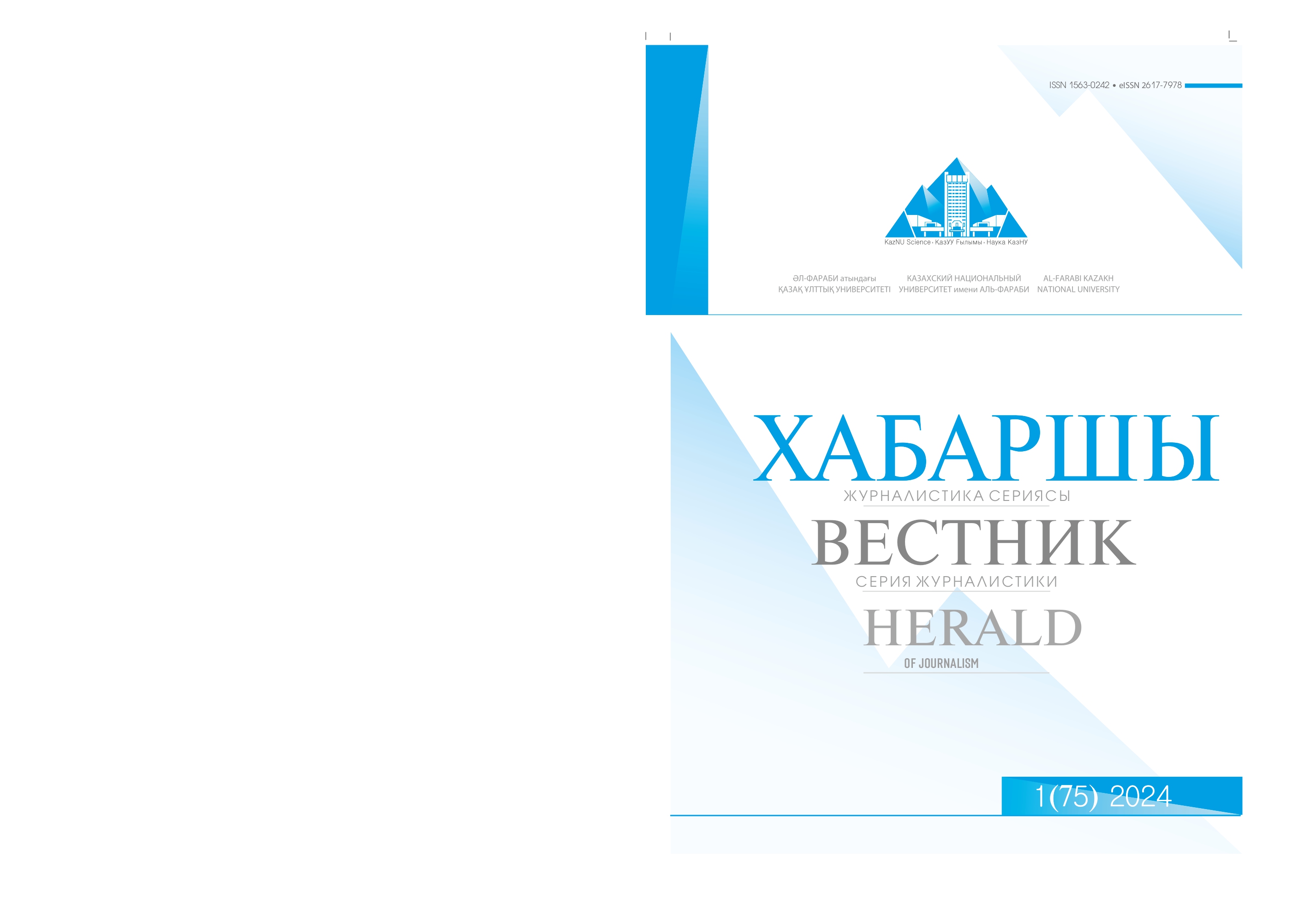A new interpretation of sticker art in civic journalism: visual and protest language of youth
DOI:
https://doi.org/10.26577/HJ202575102Keywords:
Sticker art, media communications, journalistic message, citizen journalism, visual journalism, graphic communication.Abstract
Sticker art is one of the areas of graphic communication and civic journalism that remains poorly studied and underdeveloped in Kazakhstan. This type of journalism is especially in demand as a language of political demands or social criticism. It involves innovations in the use of urban landscape and is close in spirit and manner of expression to street art which is often characterized by freedom, opposition, provocation and, often, is apolitical. It promotes urban identity, inclusiveness and creativity, as it is a transformative media environment that connects traditional national aesthetics with the demands of modern urbanism. In addition, sticker art can act as a form of journalistic communication that conveys relevant information through symbols, metaphors and visual images.
The aim of the study is to examine sticker art as a phenomenon of street art, graphic communication and journalistic reporting, as well as to analyze the potential of sticker art and its prospects in Kazakhstan. The main areas of the study include the analysis of sticker art as a tool of visual communication and journalistic reporting; identifying the role of sticker art in covering social, political and environmental issues; and studying how sticker art is perceived by a youth audience.
The scientific significance of the work lies in the study of sticker art as an act of mediated communication and as a cultural phenomenon that combines elements of art and citizen journalism.
The practical significance lies in the use of the research results to popularize sticker art in Kazakhstan, integrate sticker art into urban and media projects, and develop strategies for using sticker art as a media tool to attract the attention of the audience to socially significant issues.
The research methodology includes an analysis of the typology of stickers, a questionnaire survey of students, expert interviews, which helps to identify the features of sticker art in Kazakhstan, as well as its potential and prospects as a tool of mediated communication and as a means of citizen journalism. The value of the study is that for the first time the role of sticker art as a tool of citizen journalism is considered, which expands the understanding of sticker art from a type of popular art to a means of media communication in citizen journalism.




